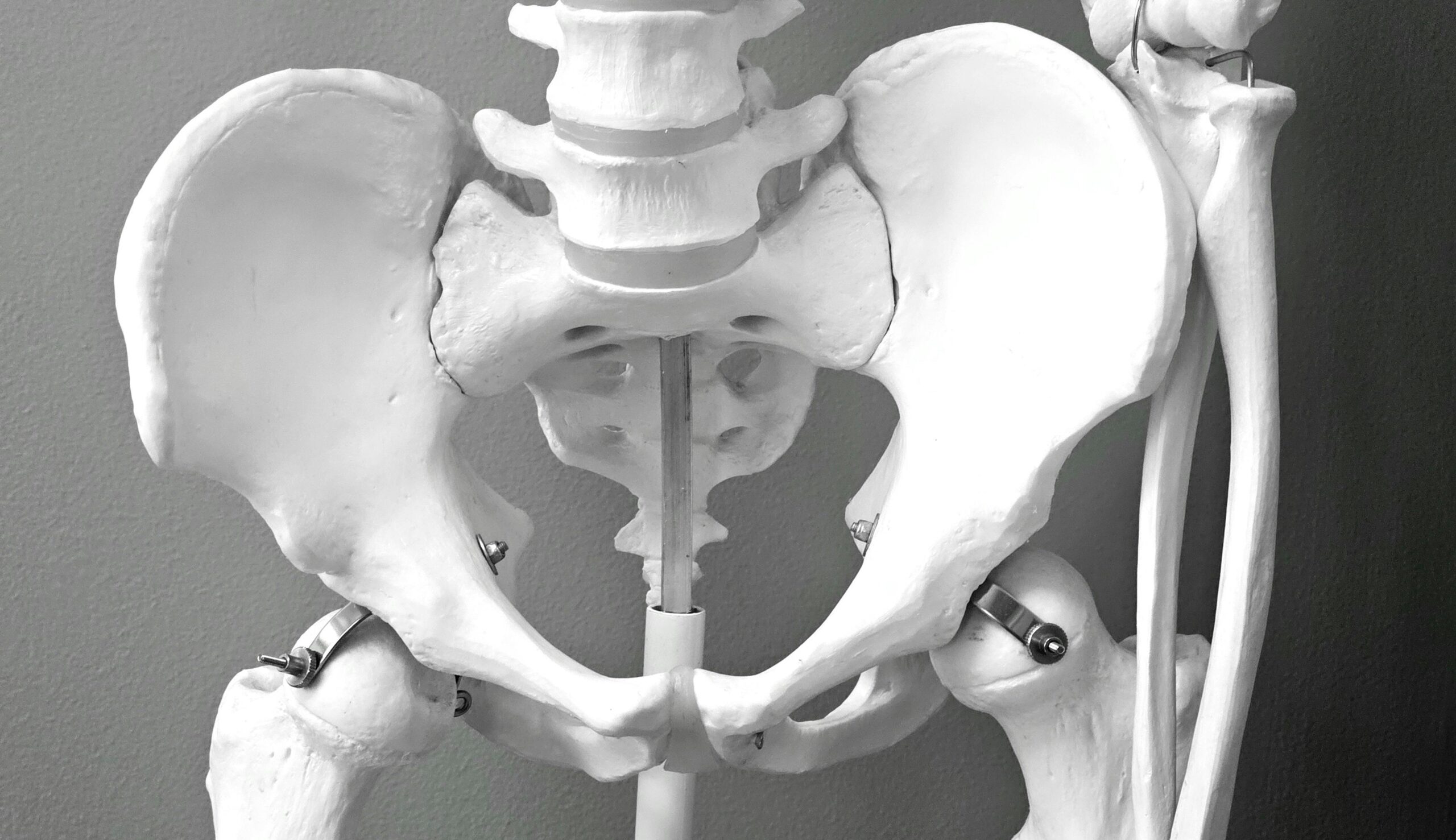If hip pain is interfering with your daily life, you’re not alone—and you may be considering a total hip replacement. This common procedure can relieve pain, restore mobility, and help you return to the activities you love. But what actually happens during a hip replacement? Let’s break it down.
🔍 What Is a Total Hip Replacement?
Total hip replacement—also called total hip arthroplasty—is a surgical procedure where a damaged hip joint is replaced with a prosthetic implant. It’s most often recommended for people with severe arthritis, hip fractures, or joint degeneration that hasn’t improved with physical therapy or medication.
🦴 Why Do People Need Hip Replacements?
The hip is a ball-and-socket joint, where the top of the thigh bone (femur) fits into the pelvis. Over time, conditions like osteoarthritis, rheumatoid arthritis, or injury can wear down the cartilage, causing pain, stiffness, and reduced range of motion. When walking, climbing stairs, or even sleeping becomes difficult, surgery may be the next step.
💉 Step-by-Step: What Happens During the Surgery
A total hip replacement typically takes 1 to 2 hours and is performed under spinal or general anesthesia. Here’s what the process looks like:
- Incision – The surgeon makes a small incision, usually on the side or front of the hip.
- Remove Damaged Tissue – The damaged bone and cartilage are carefully removed.
- Place the Implants –
- A new socket is inserted into the pelvis.
- A metal stem goes into the thigh bone with a new ball on top.
- Reconstruction & Closure – The surgeon checks for proper alignment, then stitches the muscles and skin closed.
The materials used in hip implants—such as titanium, ceramic, and high-grade plastic—are designed for durability and smooth movement.
🏃 Recovery: What Happens After Hip Replacement Surgery?
Many patients start walking on the same day or the day after surgery. Physical therapy is key to your recovery—it helps improve strength, flexibility, and balance.
Recovery Timeline:
- 0–2 weeks: Initial healing, walking with assistive devices.
- 2–6 weeks: Gradual return to daily activities.
- 6–12 weeks: Most patients resume normal activities.
- 3–6 months: Return to low-impact sports and full mobility.
Most people enjoy a significant reduction in pain and better function within 2 to 3 months.
⚠️ Risks to Consider
As with any surgery, hip replacement has potential risks:
- Blood clots
- Infection
- Dislocation
- Implant wear or loosening
However, complication rates are low, and the vast majority of patients experience excellent outcomes.
👍 The Takeaway
A total hip replacement can be life-changing—providing relief from chronic pain and restoring the freedom to move comfortably again. If you’re considering surgery, working with a qualified surgeon and a skilled physical therapy team will help you get the best results.
Your recovery starts with the right support. At [Your Clinic Name], our physical therapists specialize in post-operative hip rehab to get you back on your feet—stronger than ever.
📚 Sources
- American Academy of Orthopaedic Surgeons. Total Hip Replacement
- Mayo Clinic. Hip replacement
- NIAMS. Hip Replacement Surgery
- Singh JA, et al. Journal of Rheumatology, 2017. “Rates of total joint replacement in the United States.



No responses yet